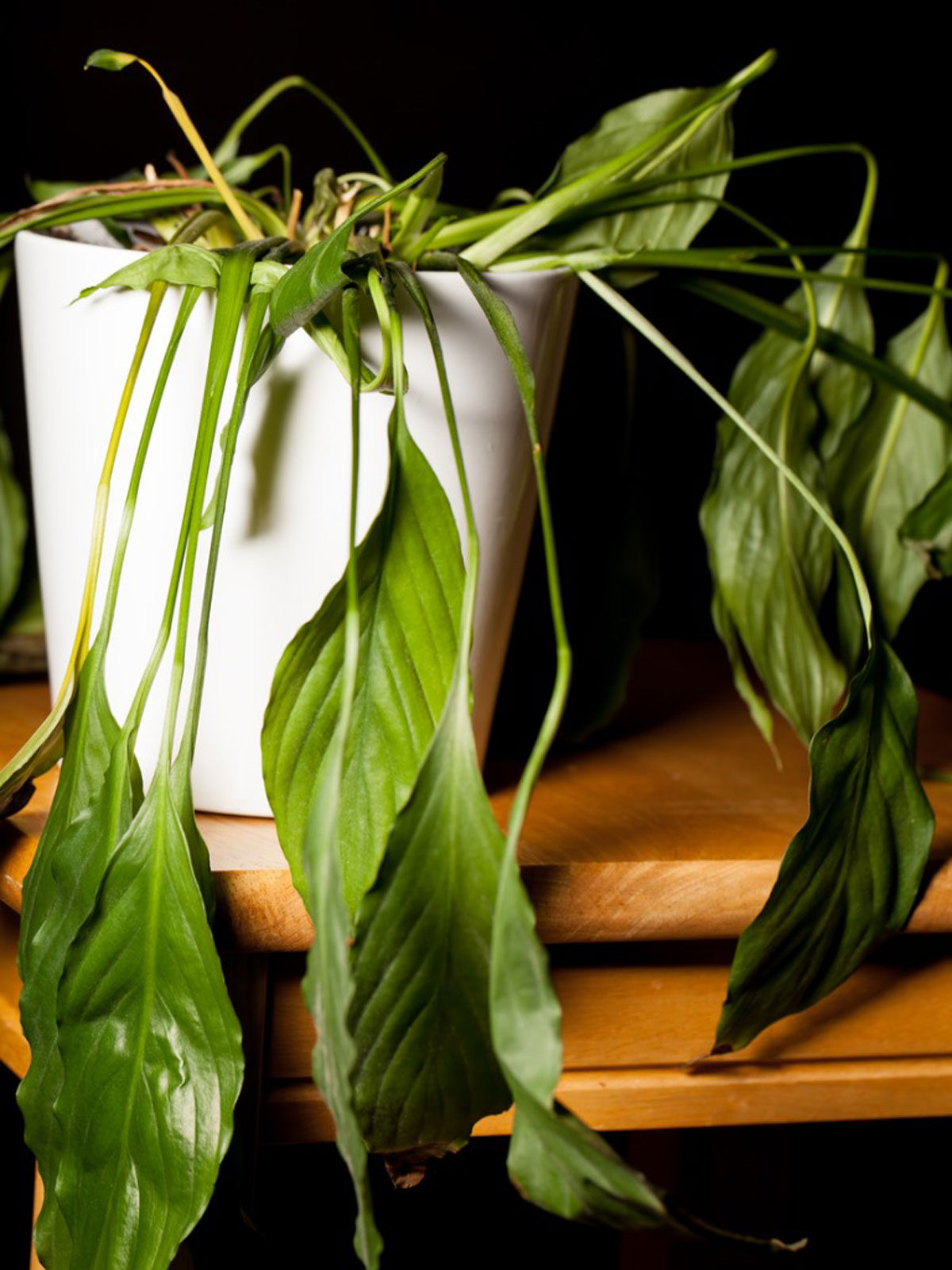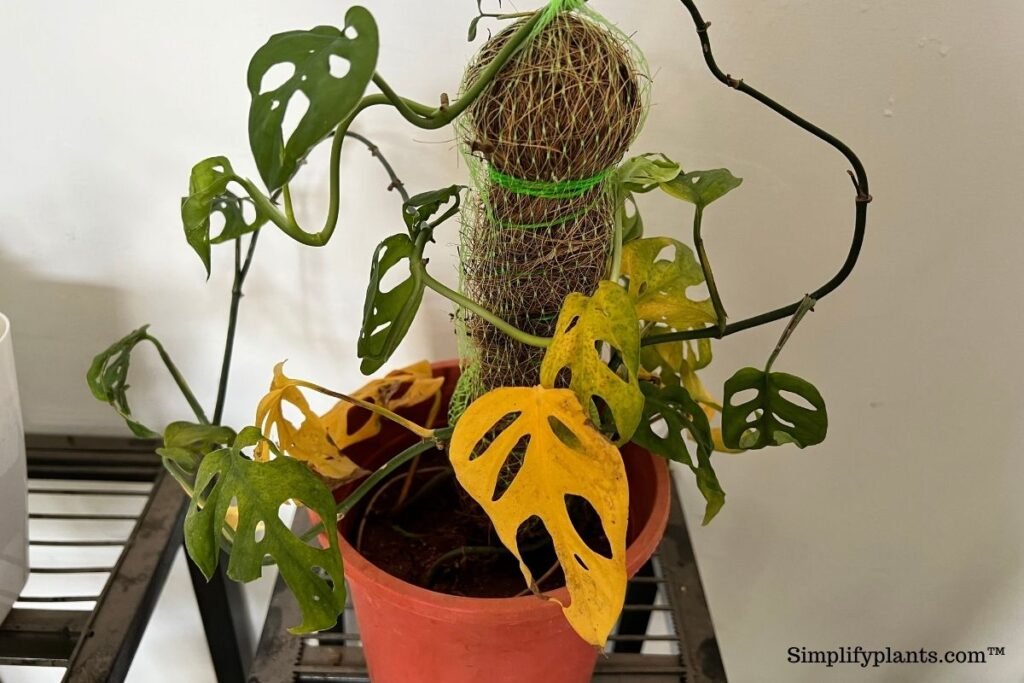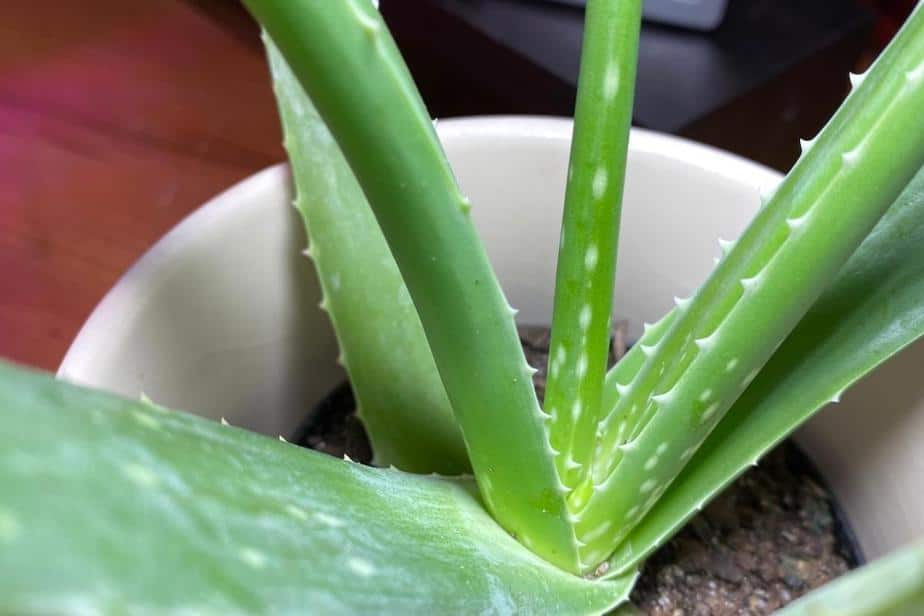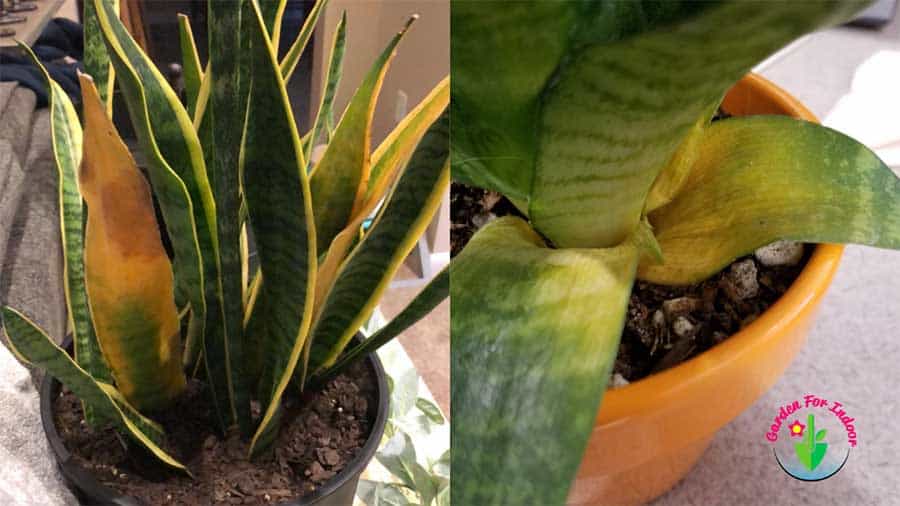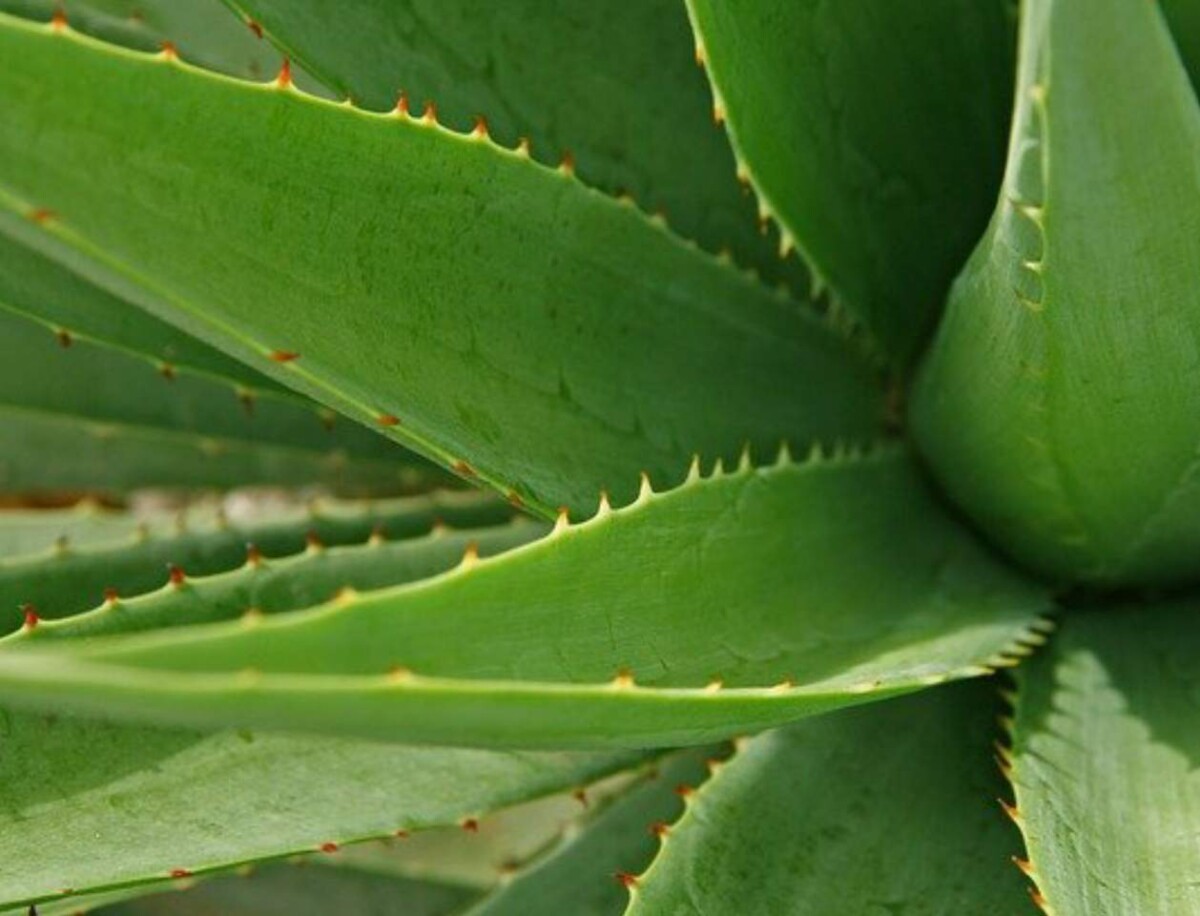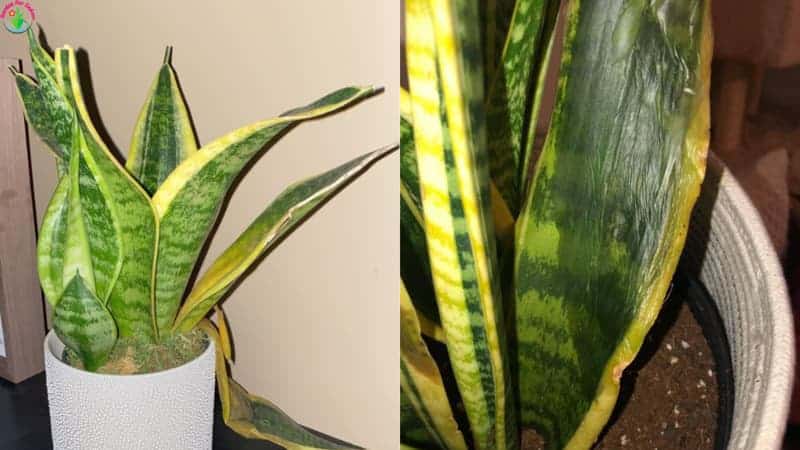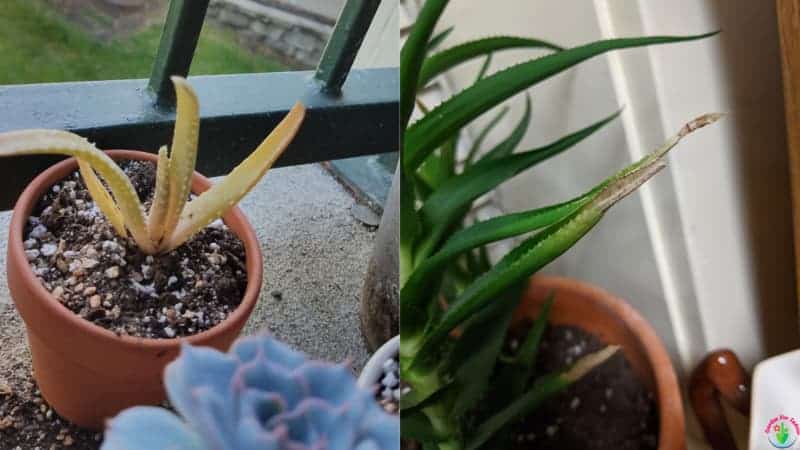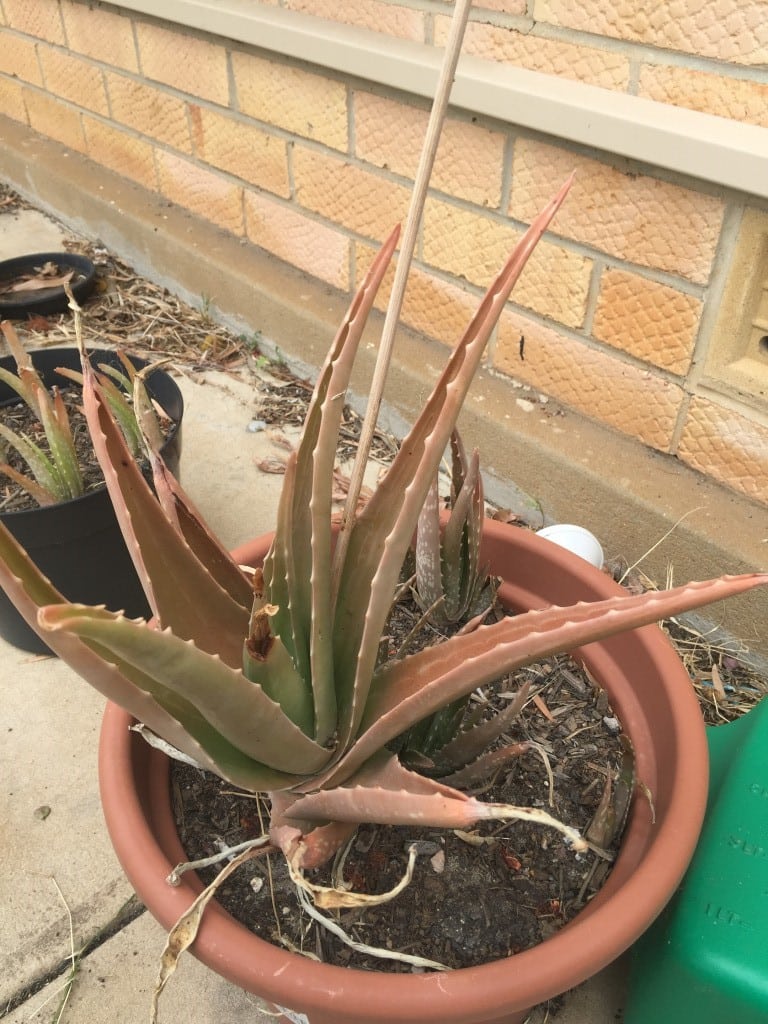How to Fix a Peace Lily with Brown Leaf Tips
Low humidity is typically the cause of brown tips on peace lily leaf tips. Peace lilies are tropical plants that have adapted to high humidity levels. Indoor dry air depletes the moisture from the leaves, turning the tips brown. The brown tips on peace lilies’ leaves are a symptom of stress and can be caused …


